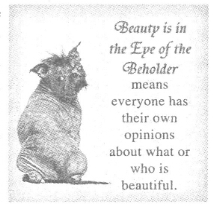写作
假设你是李华, 你的加拿大朋友Bob 给你发了一封电子邮件,想了解一下中国高中生对于大学的选择意向,于是你在班里进行了一次调查。请根据下表的信息,给Bob 回复一封电子邮件,告诉他调查结果,并说明原因。
选择意向和比例 | 原因 |
省内大学25﹪ | 录取机会大;生活习惯相似 |
省外大学70﹪ | 培养独立性;可选学校多 |
国外大学5﹪ | 了解外国文化;有助于学外语 |
注意: 1.词数100左右;
2.电子邮件的开头和结尾已给出,不计入总词数。
Dear Bob,
Last week I did a survey among the students in my class on what university they want to choose. ______________________________________________________________
______________________________________________________________
______________________________________________________________
Yours,
Li Hua
